Grounded in Sustainability
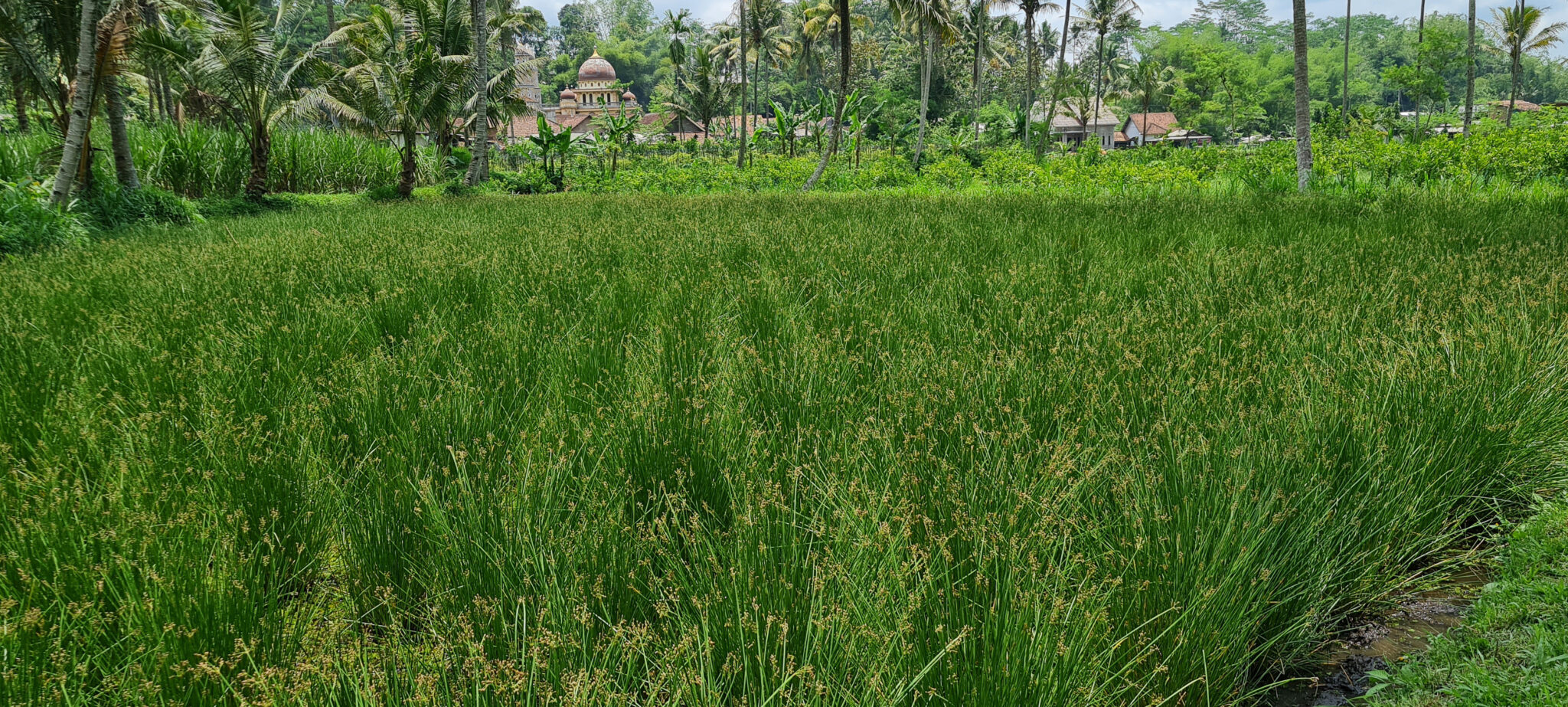
Responsible sourcing has always been at the forefront of our minds at Somerset Willow. Our use of natural materials from the very beginning of our family business has allowed us to understand the importance of preservation. Whether it is the sourcing of locally grown willow or other natural materials, such as seagrass, we understand the delicate equilibrium of our ecosystem. We’re conscious about the environment.
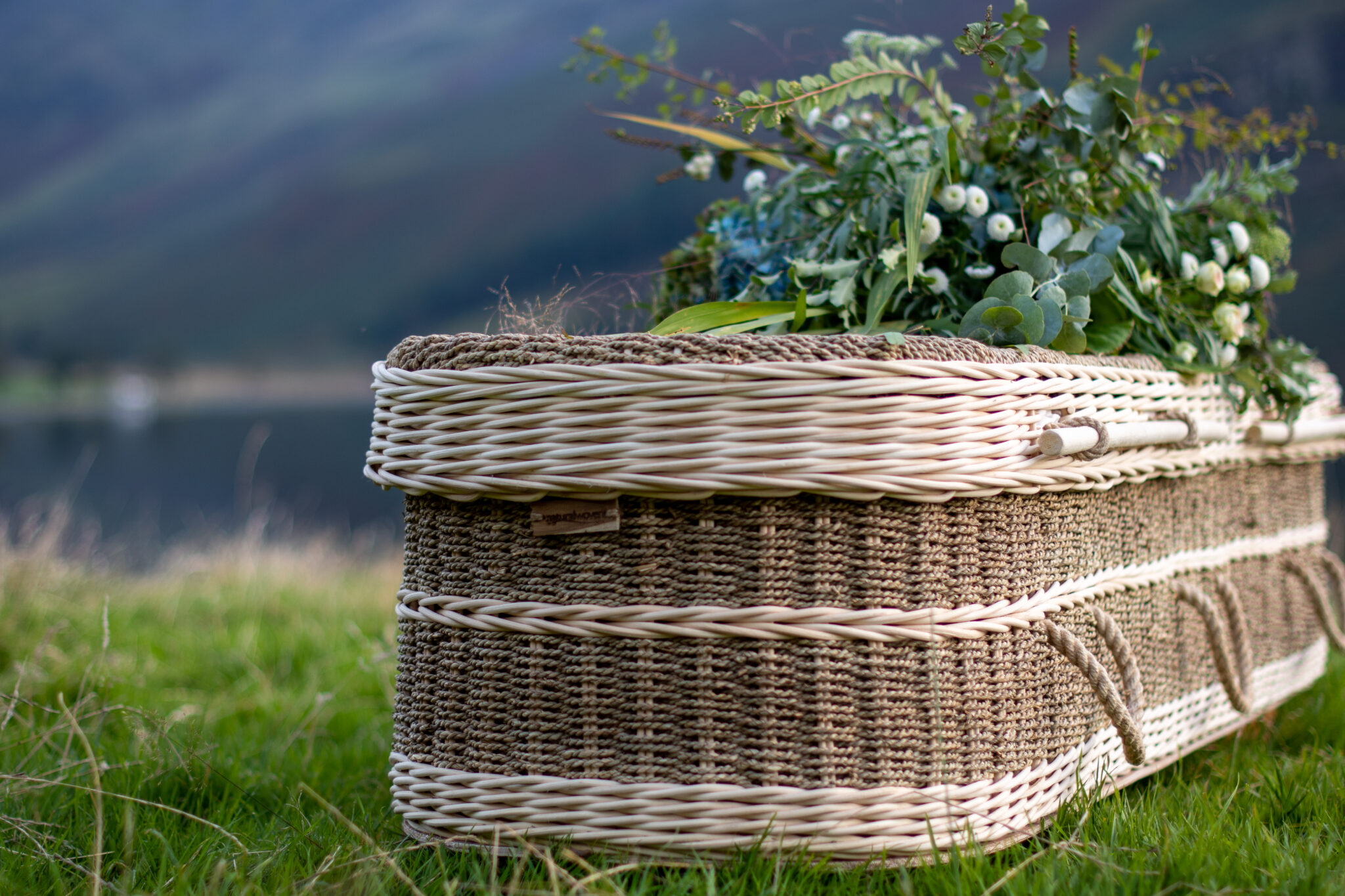
We are committed to selecting materials with sustainable properties for all coffins within our Natural Woven Coffins range, from bamboo to banana leaf and cane. Seagrass is a particularly popular coffin finish within this range due to its unique and striking aesthetic. Widely used around the world for its versatility, seagrass is found in a range of products, from furniture to rugs and many other household items.
Seagrass Growth
The farmed seagrass we use, unlike typical seagrass, grows in inland plantations of low-lying paddy fields in Indonesia and is not removed from the natural seabed. Scientifically known as Fimbristylis umbellaris, this grass-like plant thrives in a tropical climate and grows in dense clumps that flourish under unique conditions. Flooded by seawater throughout the year, the paddy fields benefit from a natural recycling process that removes debris and introduces fresh nutrients into the soil, nourishing the seagrass. As a hydrophyte, seagrass has developed specialised adaptations to allow it to grow under these submerged conditions. The plant’s spongy tissue creates air channels within its leaves, facilitating the oxygen flow to the submerged sections of the plant it needs in order to survive. Additionally, its strong stems and fibrous roots keep it securely anchored in the soil, preventing it from being washed away by the ever-moving waters.
Farming Process
Every five months, the seagrass is harvested just as it begins to flower before being laid out to dry in the sun on large bamboo racks. Removing the moisture in this way preserves the crop and helps to maintain a consistent colour finish for use in weaving. The seagrass is then bundled into large bales once dry, ready to be formed into a weavable material. This is created by joining each blade of grass together with small traditional knots to form a long rope known as 1-ply seagrass. Three strands of knotted ropes are then combined by feeding them through a spinning machine, forming a thicker, 3-ply yarn which we use in our Seagrass Coffins. The more strands that are spun together, the thicker the yarn. The finished result gives our Seagrass Coffins their distinctive, natural aesthetic with a charming blue-green hue to the material.
Sustainable Properties
Seagrass is not only valued for its aesthetic appeal but also for its impressive environmental properties. It is a fast-growing and renewable material that’s excellent at absorbing CO2 through photosynthesis. Once absorbed, it stores organic carbon beneath its sediment at a rate 30-50 times faster than forests on land, locking the carbon away for hundreds of years. This process of carbon sequestration prevents the CO2 from reaching the atmosphere and contributes to climate change mitigation. Seagrass is a truly remarkable sustainable material.
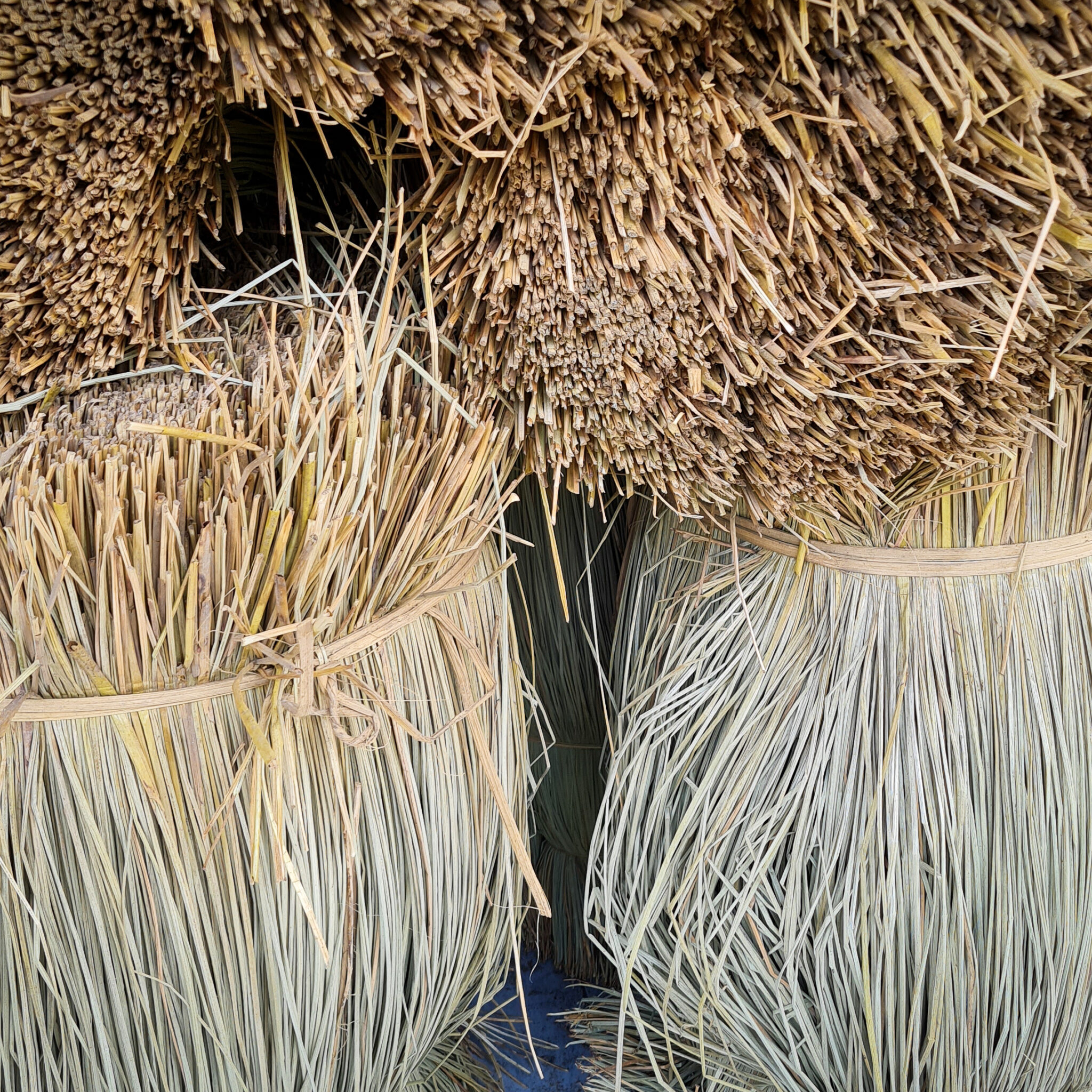
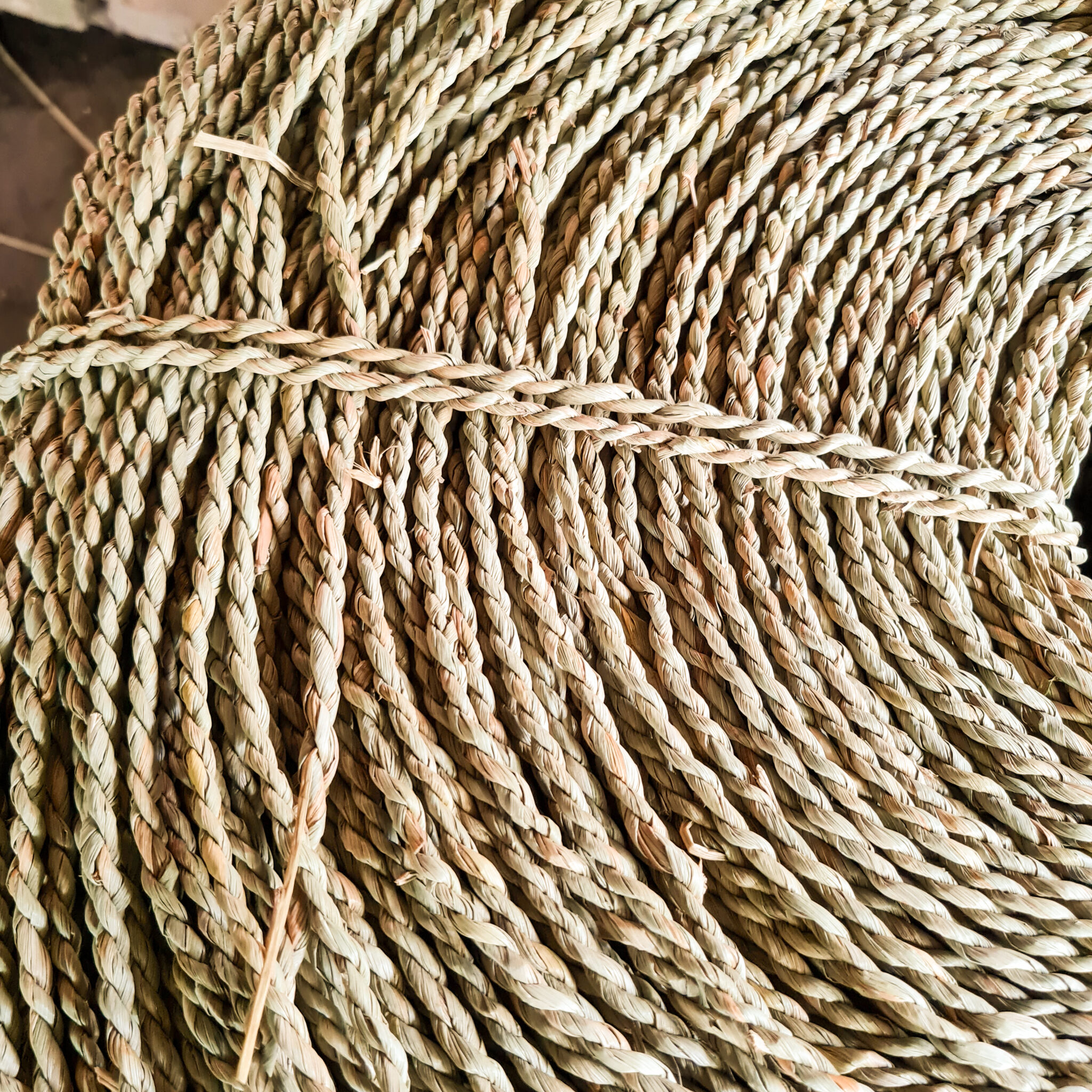
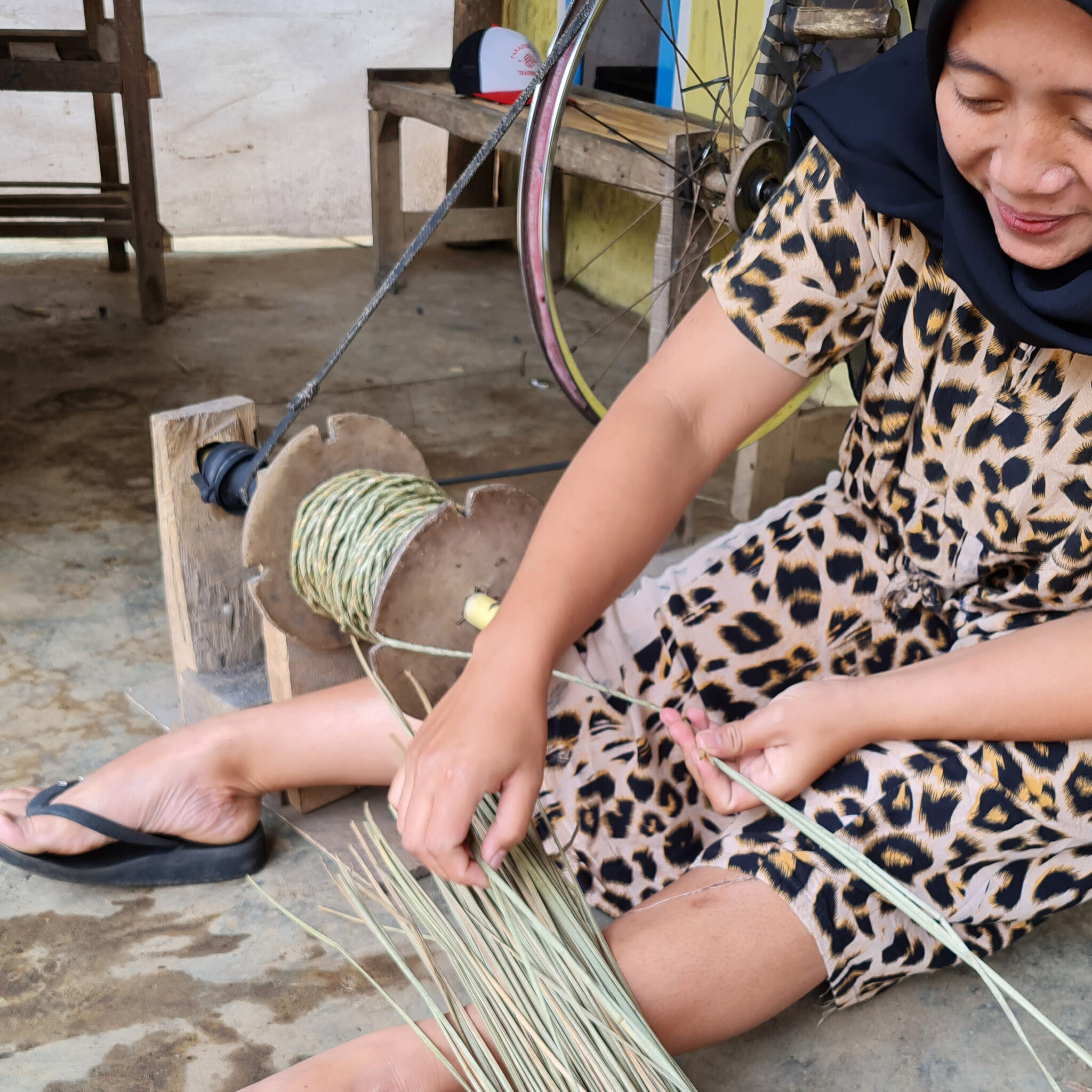
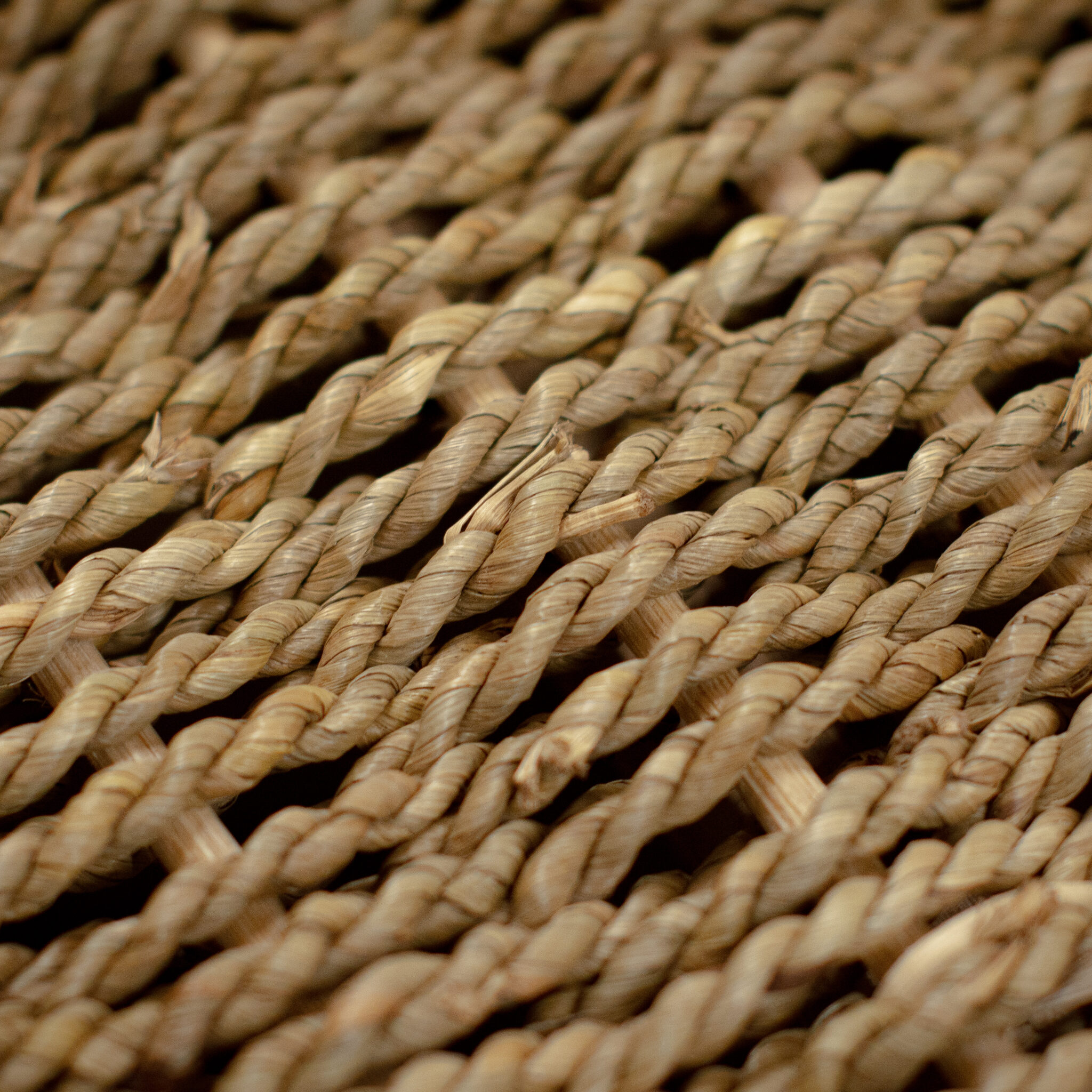

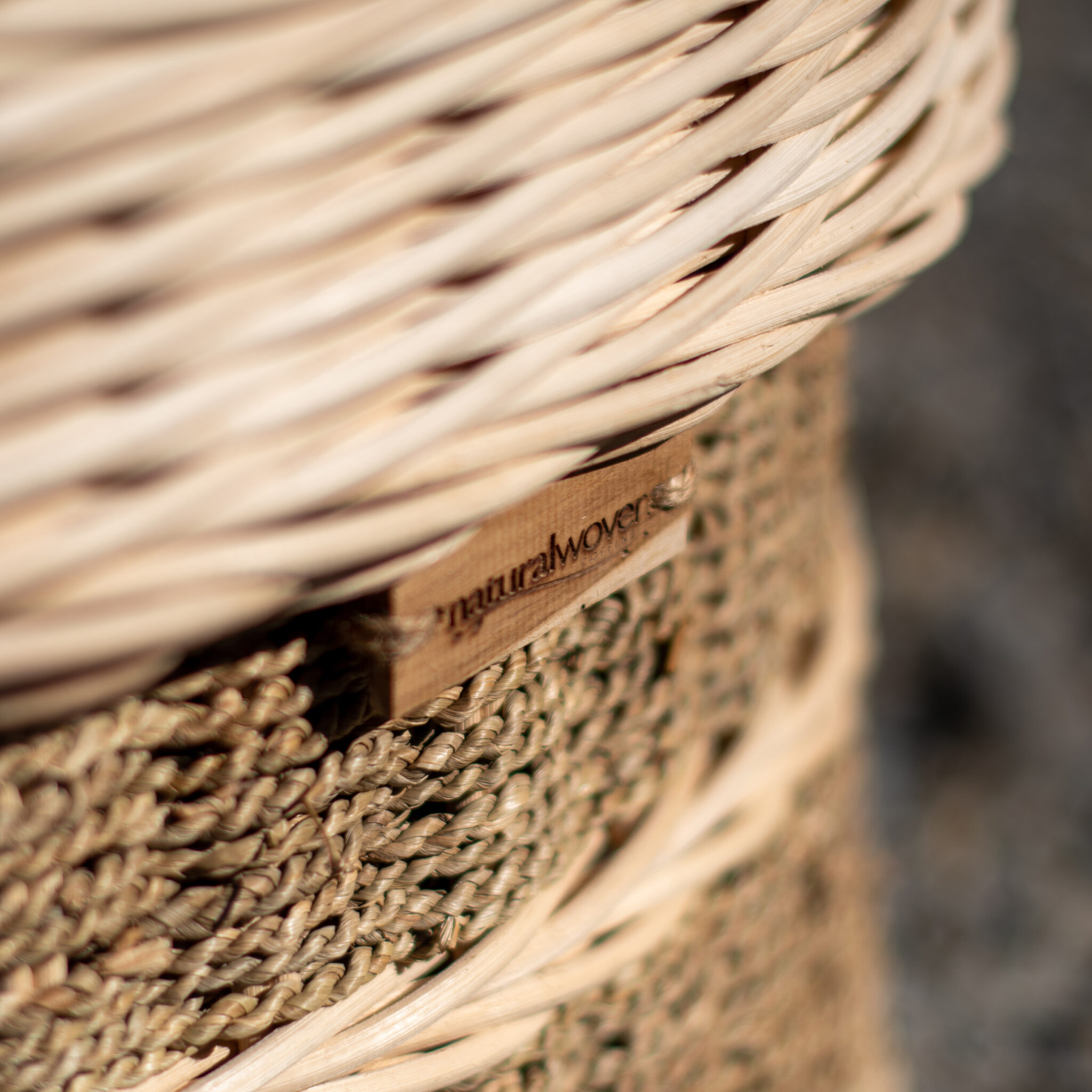
We strive to be conscientious in every aspect of the work we do, including the renewable materials we use within our range of Natural Woven Coffins. This sense of responsibility is a key part of our heritage, helping to govern how we make our decisions now and in the future.